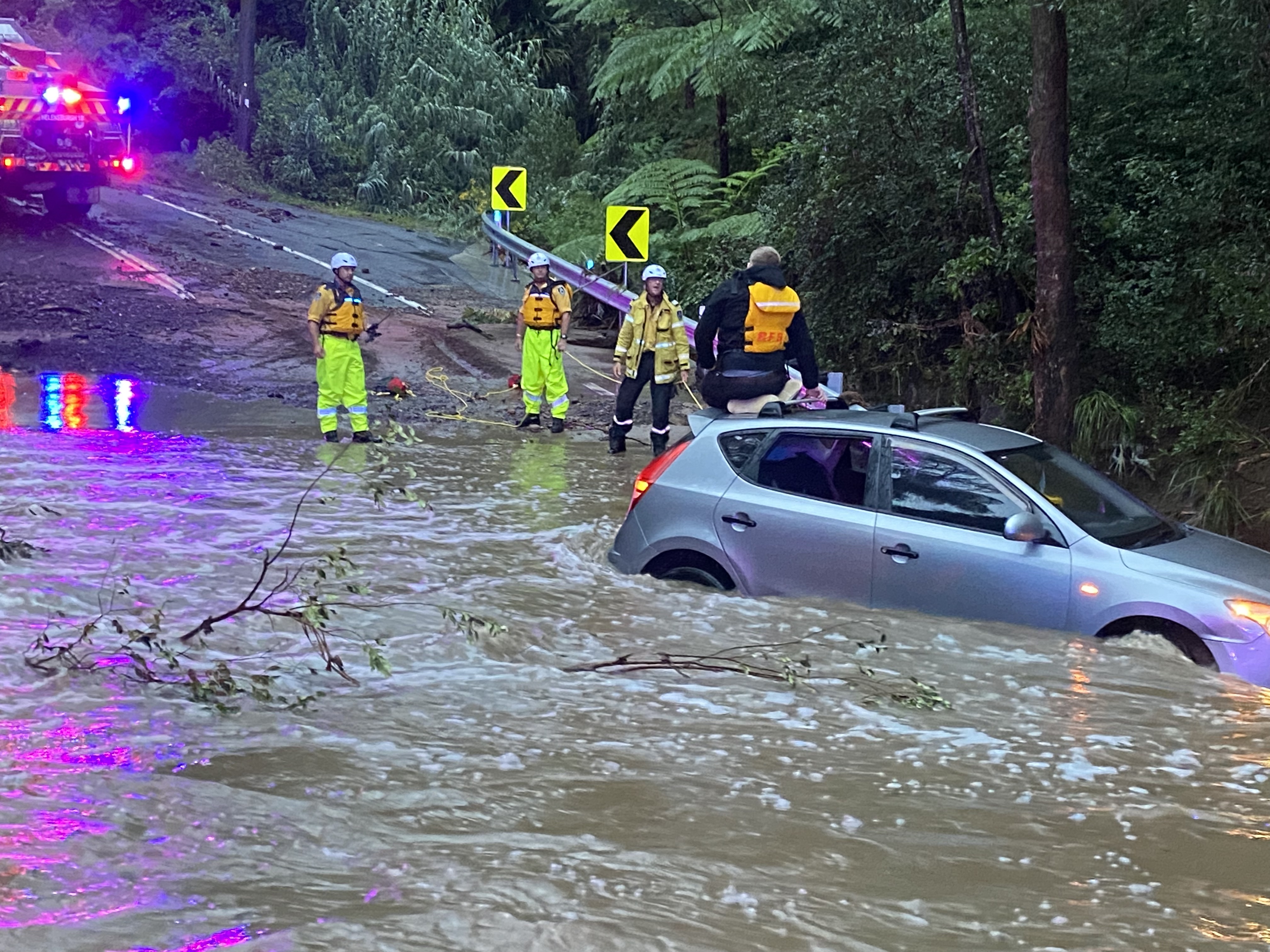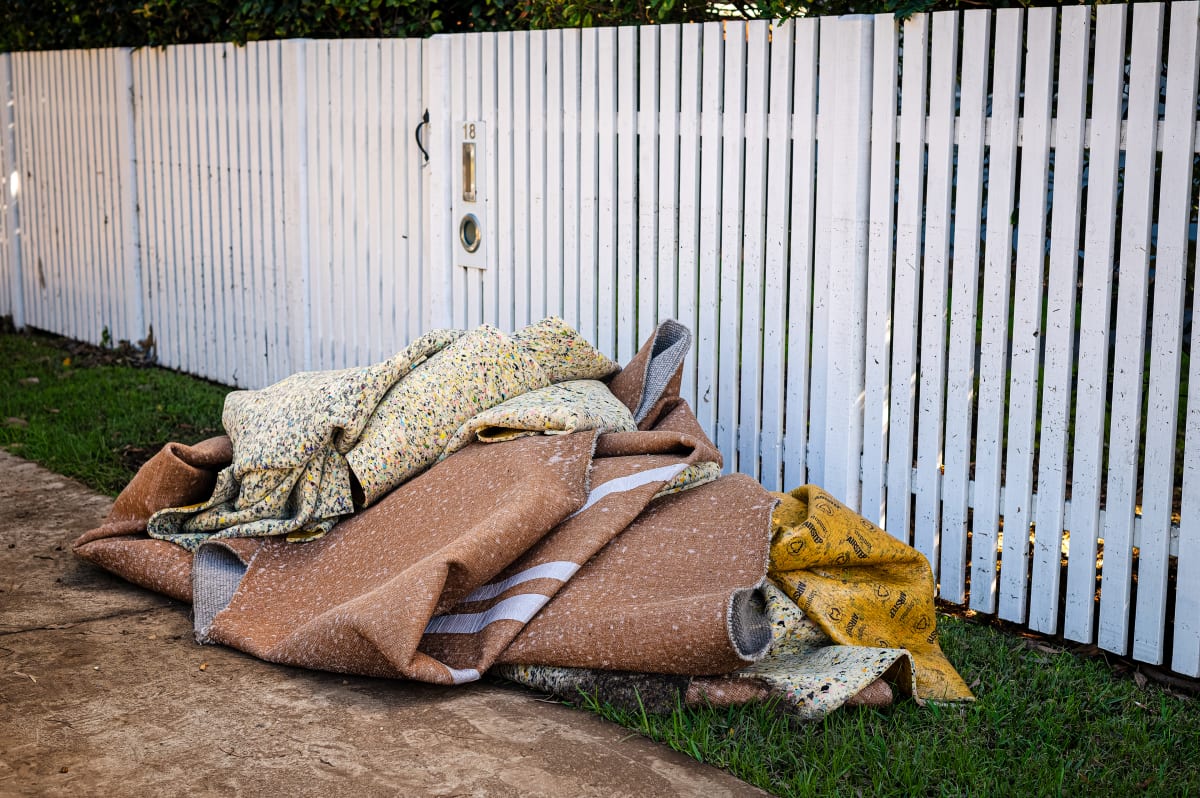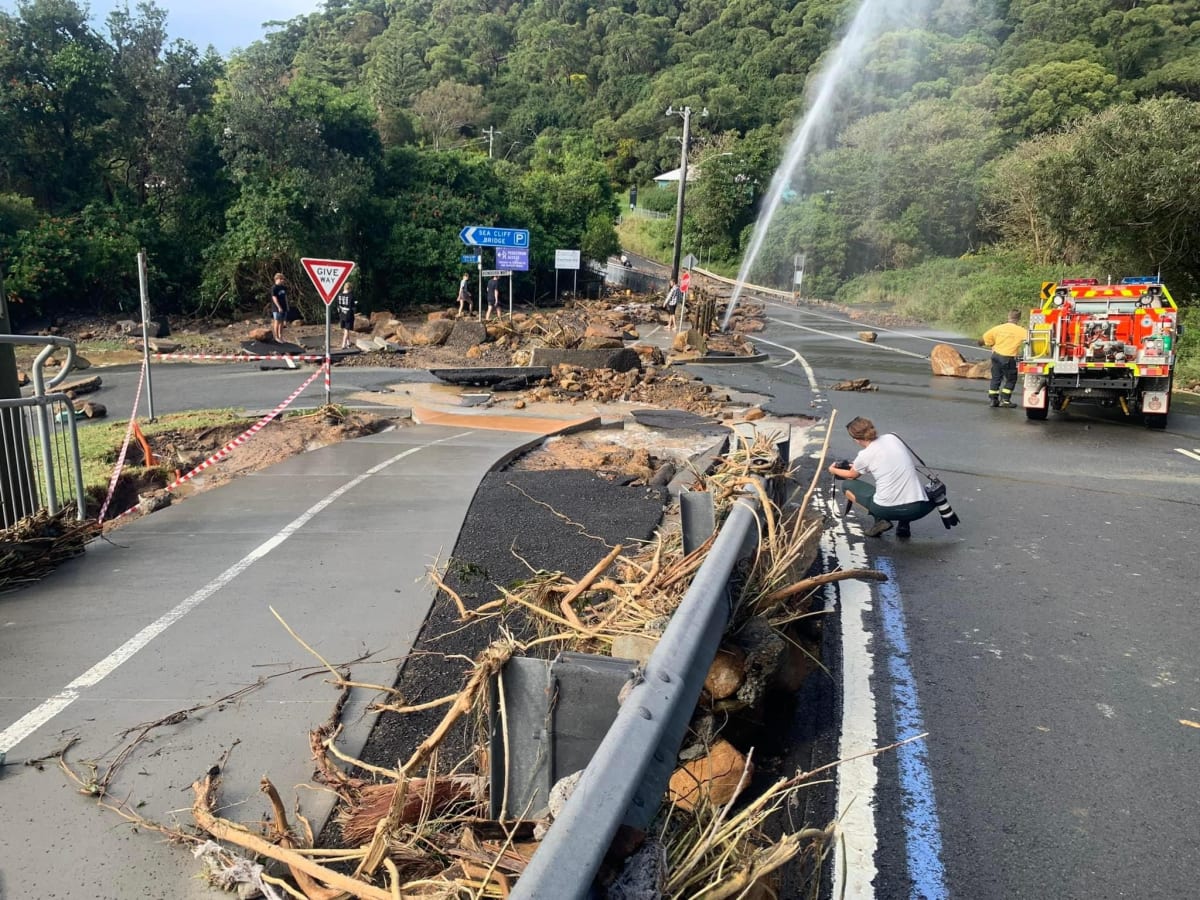Our city’s flood crisis is set to become a flood calamity, but who cares?
Almost five years ago to this day Wollongong City Council (WCC) declared a ‘climate emergency’ for our city, acknowledging that ‘climate changes pose a serious risk to life as we know it and current actions being implemented are not enough to...

This month marks five years since Wollongong City Council (WCC) declared a "Climate Emergency" for our city, acknowledging that "climate changes pose a serious risk to life as we know it and that current actions being implemented are not enough to limit human-caused climatic changes".
That was a sensible step to take, but what’s happened since?
Major storms and floods have frequently smashed our city, resulting in a collective damage bill in the tens of millions of dollars and thousands of us living in constant fear.
One of the worst of those storms occurred on 6 April, 2024 and, in the aftermath, much of our city resembled a war zone.
Two days before that significant event, our council’s central flood committee, met and signed off on two significant flood studies for the Fairy and Cabbage Tree catchment and the Allens Creek catchment.
When council met this week, the central chair asked if the studies the committee had approved required any changes or amendments because of the big 6 April flood. A senior council officer effectively said flood assessment from 6 April had shown impact was in line with modelling contained in the reports, so no changes to the plans were needed. Meaning council could confidently sign off on the two studies knowing they capture all the data needed to help build a plan to flood proof these two key catchments. And that’s what council did with no further questions asked.
The two study areas cover Balgownie, Mount Pleasant, Mount Ousley, Fairy Meadow, North Wollongong, Keiraville, Gwynneville, Figtree, Mount Kembla, Unanderra, Cordeaux Heights, Farmborough Heights, Mangerton, Mt Saint Thomas, and Port Kembla.

A tsunami of concerns raised
At its latest meeting, on 12 August, Council was told that following the 6 April flood event it had been inundated by a tsunami of calls and complaints, totalling 6500, from people impacted. Not 65, or 650 complaints, 6500 in total. It’s hard to believe in the history of our city, the council has ever received such a deluge of feedback from concerned residents. This alone should have sounded alarm bells that this is a city facing the most calamitous flood risk and the community has gone past being nervous. It is frightened. And the community expects its council will do everything in its power to protect us.
With no further questions came the vote. Councilors voted to support the release of those two plans with no change, confident that every one of those 6500 complaints had been followed up appropriately and that not one change was required to update the plans to ensure the best protection for our communities.
No one on our council thought to ask the crucial questions; have all of those complaints and concerns actually been followed up? Is Council allocating sufficient resources to effectively address flooding and stormwater drainage and vulnerability? At its final council meeting for this term our elected officials took a giant leap of faith and signed off on those two significant flood studies and plans without change.

The alarm bells are ringing
At the time of writing, council still hasn’t released the plans in full for the public to scrutinise (this alone raises a serious question of transparency). But there’s enough in the executive summary of the plans to set alarm bells ringing.
In the Fairy Creek catchment, three flood scenarios showed that in a one-in-five-year flood event the total damage to property would be $11.6m. This would increase to $46.3m in a one-in-100-year event. In a catastrophic flood, the damage bill would be about $200m.
Still in the Fairy Creek catchment, in a 1-in-100-year event about 480 properties would be flooded above floor level, rising to more than 2000 properties in a more catastrophic event.
Interestingly, none of this level of detail was provided in the Allens Creek catchment executive summary, which was conducted by a different consultant. Both studies provided photographic evidence of the damage created by recent floods, but there were no images from the most recent flood – arguably the worst flood event of recent times – as it had occurred after the study was completed and presented to council.

Are these studies out of date?
Can it be that these studies costing $500,000 in total are already out of date?
Can it be that the studies – and the flood modelling contained within – don’t capture the entire actual risk to our properties and lives in 2024 and into the future?
And can it be that our council hasn’t recognised the imminent flood disaster ahead by allocating every available resource to mitigation and protection? Instead, council is relying on the state government to bail us out by contributing to Council’s estimated $140 million needed to implement these and other plans in full. Good luck with that given the number of other flood-affected councils chasing the state dollar.

And here’s the kicker: according to analysis of Council’s recent budget report, given the current annual investment on stormwater and drainage infrastructure, it will take 54 years for our city to fully implement these plans. But that’s not taking into account what is sure to be an ever-worsening flood crisis in the decades ahead.
It's one thing to declare a ‘climate emergency’ for our city but every emergency requires an appropriate response to protect everyone and everything likely to be impacted by such a disaster, and that’s simply not happening.
In council’s own words: "climate changes pose a serious risk to life as we know it".
Let’s not wait for the tragic loss of lives for our council to give flood protection the urgent priority that’s needed, and we can only hope the newly elected council recognises the significant risk facing our city and the reputational risk to council if they continue not to take the threat seriously.
We get to vote next month. We should be asking all those seeking our vote what they’ll be doing to urgently respond to this potential flood calamity.
About the writer

Jeremy Lasek is a member of Neighbourhood Forum 5, which is launching a local flood awareness campaign in the lead-up to September 14's local government elections. As a journalist, he reported on local, state and federal government for more than 20 years. He was head of communications for the ACT Government for eight years and chief of staff to the ACT Chief Minister for two years. Before returning to Wollongong, Jeremy was CEO of the National Australia Day Council (including the Australian of the Year Awards) and head of communications for the Australian Federal Police.





